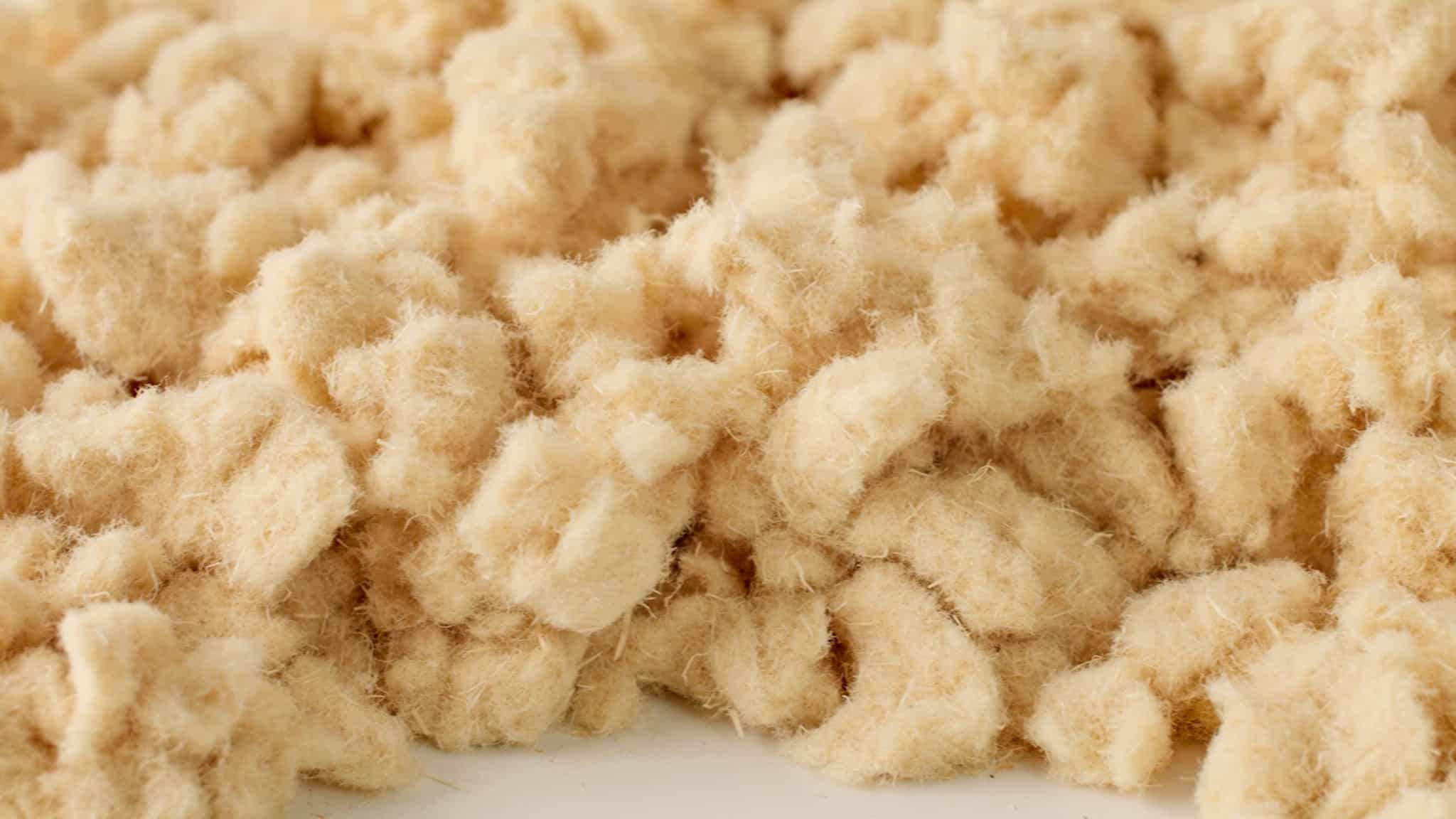Wood Fiber Insulation
Wood Fiber Insulation
Wood fiber insulation is made of FSC-certified softwood chips left over from lumber production refined into a loose-bodied fiber. It can then be blended with borate, which makes the insulation flame retardant, resistant to mold and mildew growth. It is a carbon-negative and cost-effective way to insulate homes and commercial buildings.
Benefits of Wood Fiber Insulation
In addition to being eco-friendly, wood fiber insulation also offers versatility, easy installation, complementary fire protection, building code compliance, and year-round applications.
Wood fiber insulation has been manufactured in Europe for two decades and is now being produced in the USA. It is a comprehensive insulation solution for wood-framed buildings constructed by homeowners, residential builders, and commercial builders. Wood fiber insulation brings added advantages that are distinct from traditional insulating options.
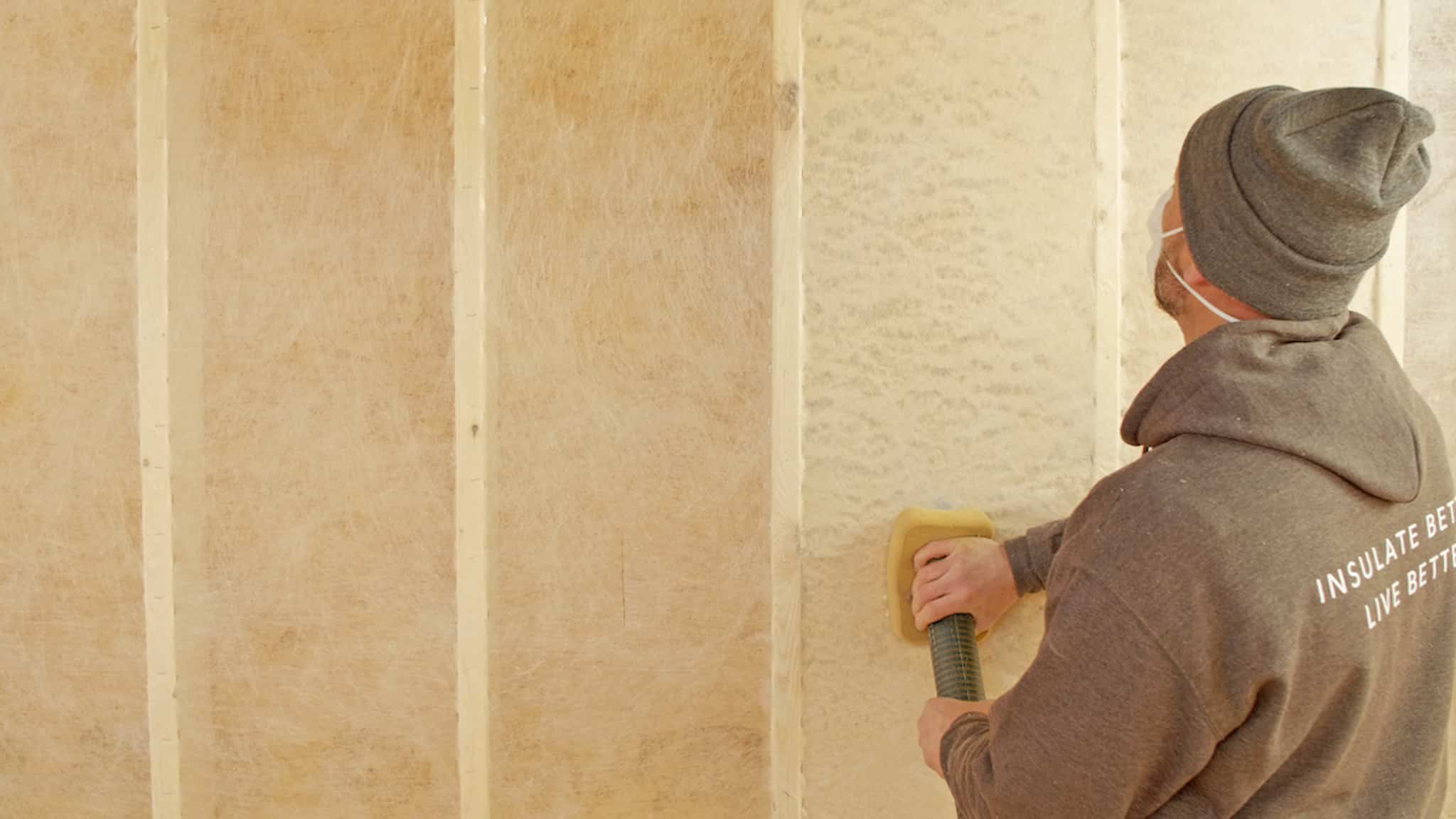
Versatility for Professionals and Do-It-Yourselfers
Wood fiber insulation is a versatile option for your insulating needs. With three different forms of insulation (blown-in, batt, and board), almost every structural area of a building can use wood fiber insulation in places like attic spaces, walls, floor, and ceiling cavities. The board product can be used as continuous insulation on the outside of the structure.
Minimal Protective Gear Required
Another great benefit of wood fiber insulation is that it is job-site friendly. Other types of insulation that are glass, mineral, or chemical-based can irritate the skin and the respiratory system. Contractors can handle and install wood fiber insulation without wearing gloves, long sleeves, or chemical respirators. It allows contractors to get the job done without having to work with potentially irritating non-organic materials.
Complementary Fire Protection
Some wood fiber insulation products are treated with borate in the manufacturing process. This makes the insulation a complementary form of protection against threats posed by fire. Some products made with wood fiber and treated with borate achieve Class A flame spread ratings. Those without flame retardant additives offer Class B flame spread, making both options a suitable complement to fire protection in addition to other measures, such as fire extinguishers and sprinklers.
Optimal for Code Compliance
International Residential Codes (IRC) and International Energy Conservation Codes (IECC) are continually updating and strengthening. Wood fiber insulation can be a solution for adhering to those code updates. Many wood fiber insulation products comply with regulatory entities’ R-value requirements for wood-framed walls and ceilings. As codes in colder regions are starting to require an additional layer of exterior insulation to create a “thermal break” in the wall, wood fiber insulation is an affordable solution to satisfy new code requirements.
Ideal Insulation for All Seasons
Regardless of the location of the structure, cold climates, or warm climates, wood fiber insulation is an exceptional option for insulation needs. Wood Fiber Insulation has the ability to balance temperature swings and buffer changes in humidity in all seasonal conditions. It has a high thermal capacity of up to R-4 per inch which slows the heat transfer in a home or commercial building to reduce heating loads, cooling loads, and ultimately energy bills for the owner.
BLOWN-IN WOOD FIBER INSULATION
Blown-in wood fiber insulation is an affordable, carbon-negative solution for homes and commercial buildings. It is used in places such as attics and stud cavities. Wood blown-in insulation is made of softwood chips that are transformed into a loose-bodied fiber. It is then blended with borate, making it flame retardant, an inhibitor to mold and mildew growth, and a repellent to insects.
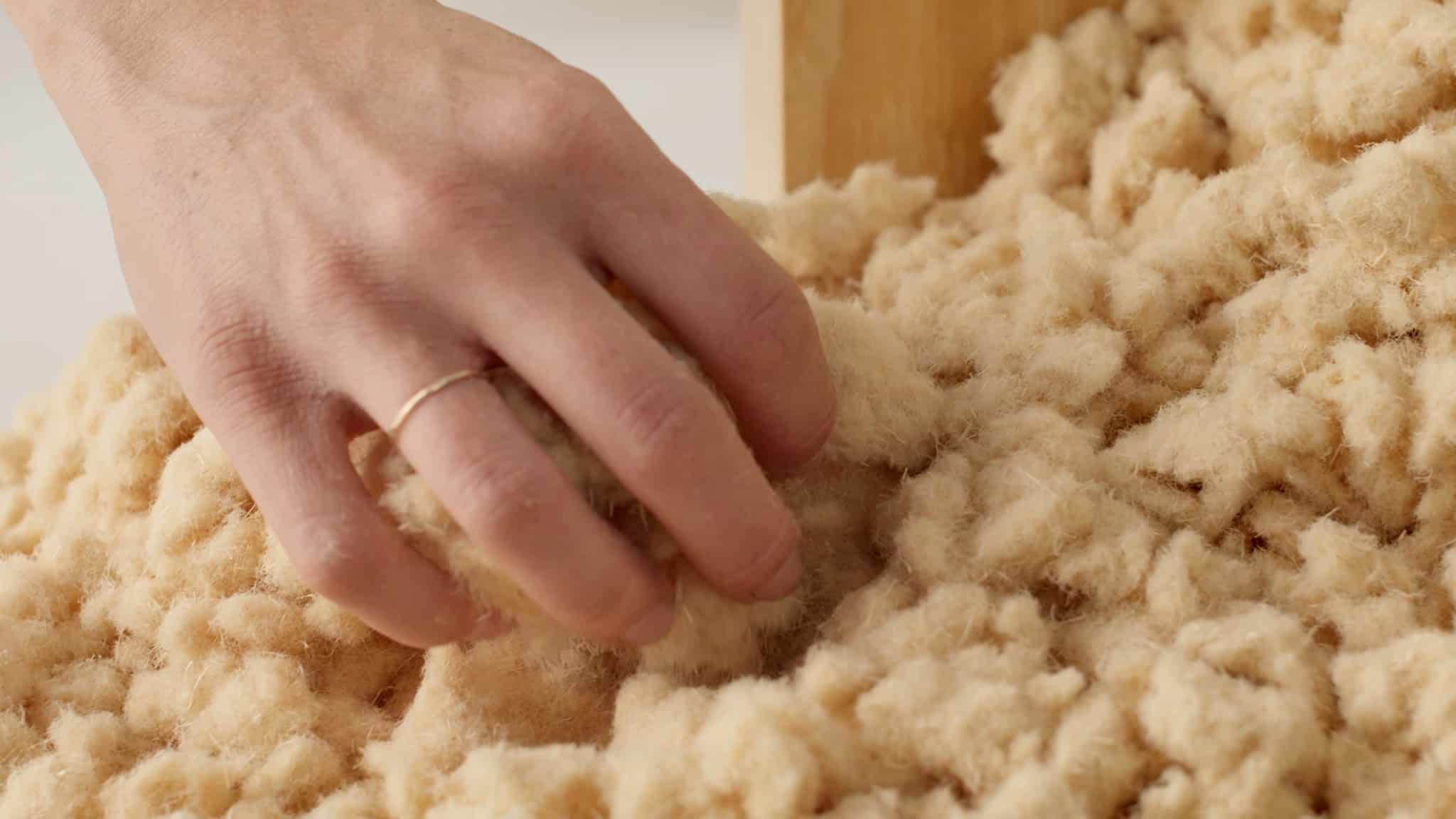
Important Wood Fiber Insulation Installation Details
Wood fiber insulation has the benefit of being made from trees, which are a renewable, and non-toxic resource. Unlike other types of insulation, installers don’t need to worry about toxic particles or chemicals causing skin irritation or respiratory issues. General construction safety practices should always be followed, including the wearing of protective eyewear and gloves if using a sharp object to cut the insulation.
Typical Wood Fiber Insulation Timelines
Our fully-licensed insulation contractors are experts in wood fiber installation and will guide you through the process. The timeline will depend on the availability of supplies and labor.
The actual time it takes for the installation of the insulation will vary depending on the area of the structure that needs insulation. The installation could take anywhere between a few hours to a few days.
Wood Fiber Insulation Contractors Near You
Wood fiber insulation is a high-performance, carbon-negative solution for various insulation needs.
If you are interested in wood fiber insulation for your home or if you are unsure of which form of wood fiber insulation will best suit your needs, the experienced wood fiber insulation experts at TruTeam are ready to help. TruTeam is the leading installer of wood fiber insulation projects in the country. All of our professional wood fiber insulation contractors are fully licensed and background-checked.
Contact TruTeam today for a free on-site TimberHP consultation by one of our local experts.
The Team You Can Trust
Get Your Quote
Installers

